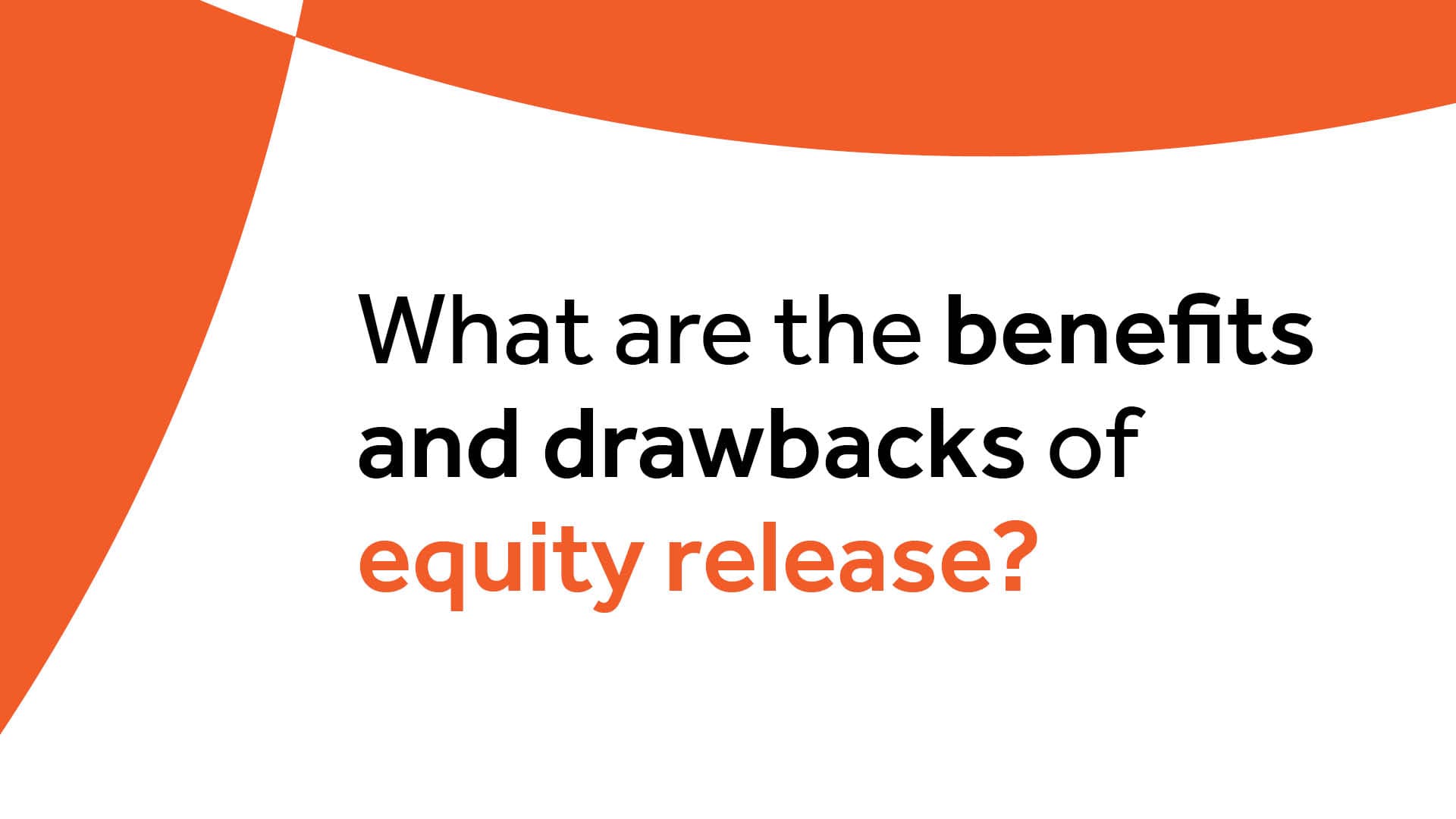We use some essential cookies to make our website work properly.
We’d also like to set additional cookies to help us improve our website, tailor marketing and provide a more personal experience.
An interest-payment lifetime mortgage is a type of equity release which is a loan secured against your home. It could help you unlock some of your property's value.
It's different to a lifetime mortgage with voluntary payments as when you release cash through an interest-payment lifetime mortgage, you agree to make monthly interest payments in order to gain an interest rate discount to help reduce your cost of borrowing.
If you’re able to make full interest payments for the life of your plan, it’ll leave you with only the amount borrowed to pay at the end. An interest-payment lifetime mortgage isn’t subject to affordability tests, however, agreed payments must be sustainable as there would be a penalty for stopping (removal of rate discount).
The money you unlock through an interest-payment only lifetime mortgage is tax-free. You can use it in several ways, such as:
With an interest-payment lifetime mortgage recommended by Key, you could receive an interest rate discount by making monthly interest payments. The longer you commit to making payments, and the more interest you pay, the bigger the discount.
The discount that you get will depend on the amount you want to borrow compared to the value of your house, how much interest you can pay each month and the duration of the payment term.
The combination of making payments and the reduction in interest rate could help you save thousands – even with a small discount on your interest rate. Your adviser can give you an illustration of what discount you could get and how much it could save you.
There are different types of interest-payment lifetime mortgages which Key recommend and they are subject to different terms and criteria. The following is an example based on one type of plan.
ⓘ Illustrative example
Marge is a 71-year-old divorced retiree looking to release £100,000 from her £600,000 property to gift money to her grandchildren and help making some home and garden improvements.
By committing to paying 100% of the monthly interest for 10 years, Marge is rewarded with a 0.30% interest rate discount. Through this interest rate discount, and by paying monthly interest payments for 10 years, Marge can save more than £116,000 over 20 years compared to making no repayments through the same standard lifetime mortgage.
| Lifetime mortgage | Interest-payment lifetime mortgage | |
|---|---|---|
| Initial loan amount | £100,000 | £100,000 |
| Interest rate | 6.5% MER* | 6.2% MER* |
| Monthly payments | £0 | £532 (for 10 years) (100% of the monthly interest) |
| Total cost of borrowing after 20 years | £365,645 | £249,436 (inc.payments) |
| Net saving | £0 | £116,209 |
*Monthly Equivalent Rate. Interest rates, monthly payments and savings amounts are for illustrative purposes only. Interest rate received and plan features are subject to eligibility. Ask your adviser for a personalised quote.

Like any financial product, equity release has benefits and drawbacks to weigh up.
All our equity release advice relates to lifetime mortgages - a loan secured against your home. Our fixed advice fee of £1,699 is only payable on completion of a plan.
To qualify for an interest-payment lifetime mortgage, you must:
Be aged 55 or over
Own your own home with a property value of at least £99,000
Be able to commit to making monthly interest payments
ⓘ Did you know...
If you're not eligible for an interest-payment lifetime mortgage now, try our later life mortgage finder. We could still help you take control of your later life finances.
Your other options with Key
If another product is more suitable, we'll refer you to a different adviser within Key Group to help. if you go ahead, you'll never be charged more than our standard fixed advice fee of £1,699, even if their fee is higher. Key Group offers alternatives to equity release such as a retirement interest-only mortgage or retirement repayment mortgage.
Other options to think about
It's important to know your other options before going ahead with equity release. These include: downsizing, unsecured lending, using existing assets, or support from friends or family.
Not eligible for an equity release mortgage?
If you're not eligible now, try our later life mortgage finder. We could still help you take control of your later life finances.